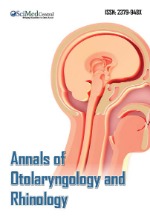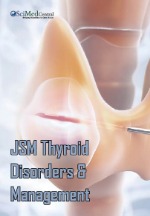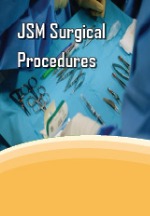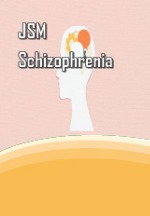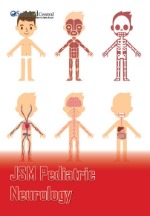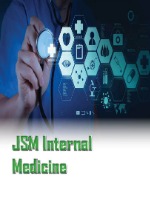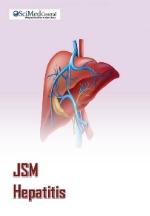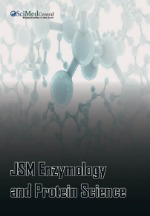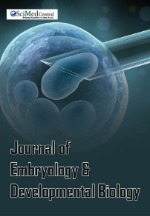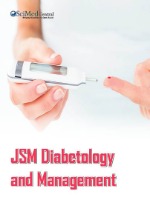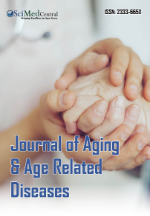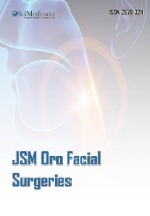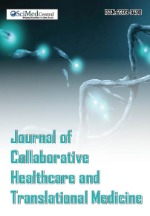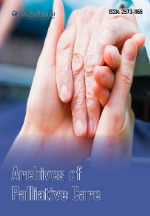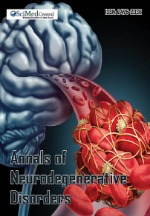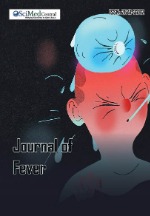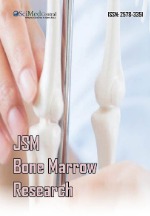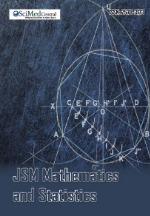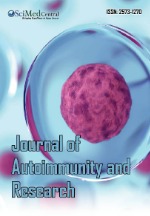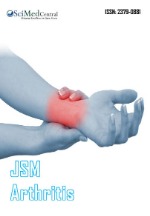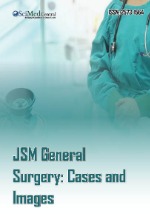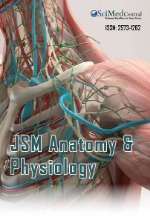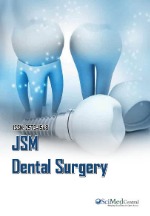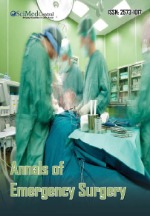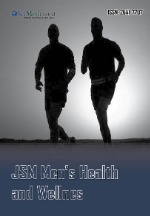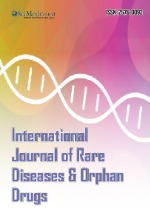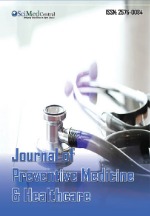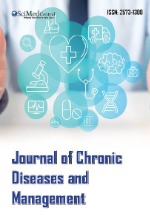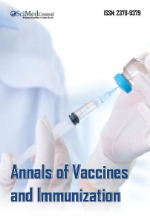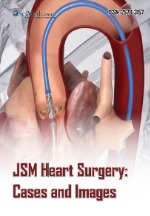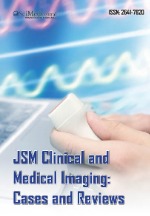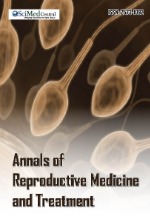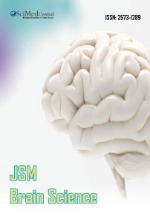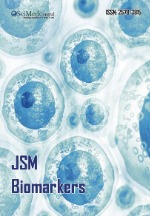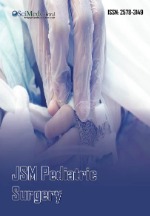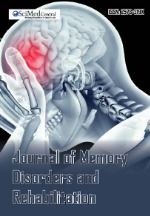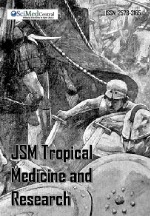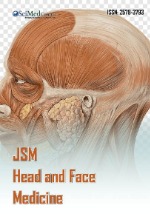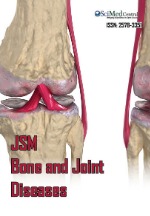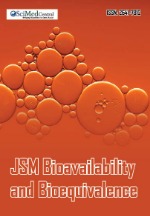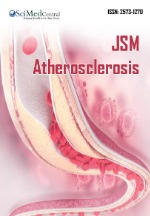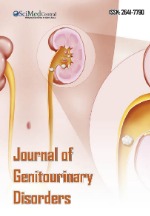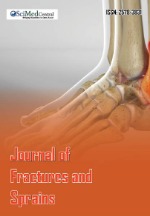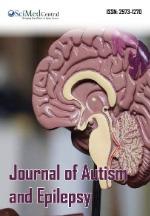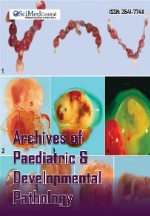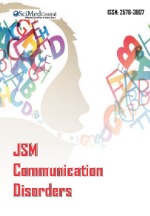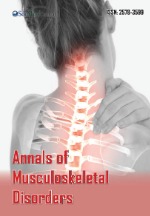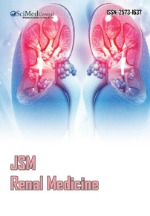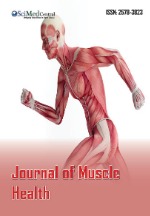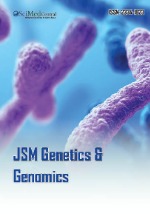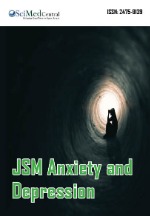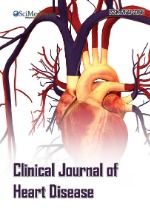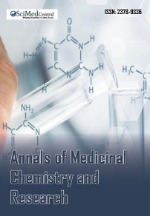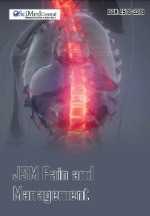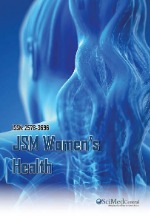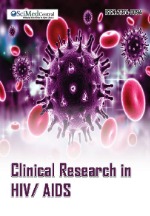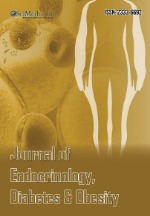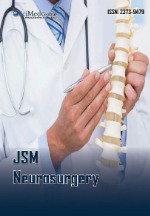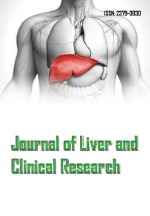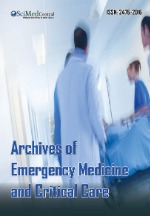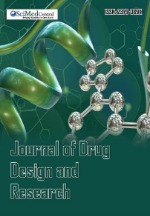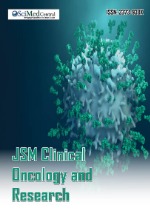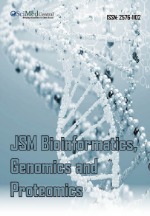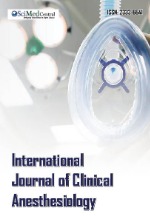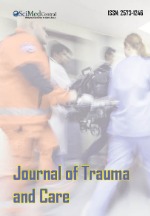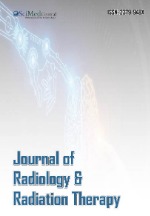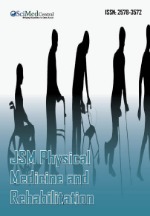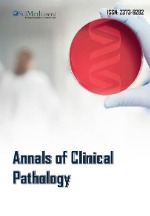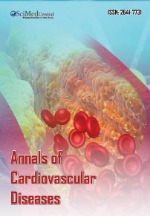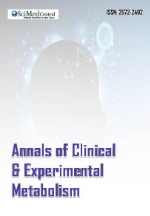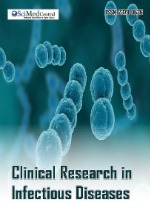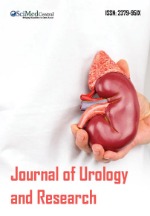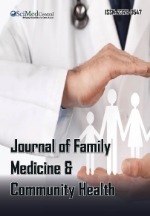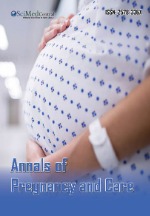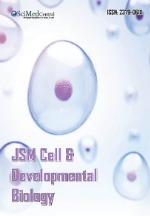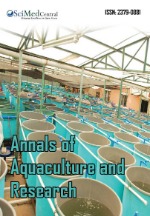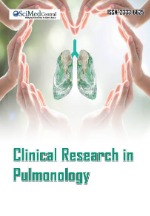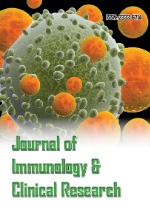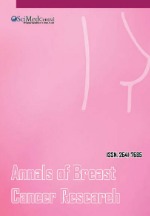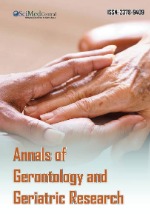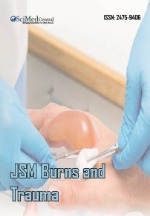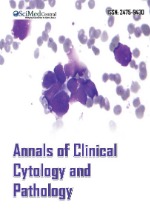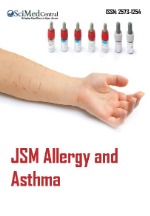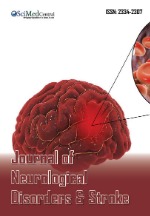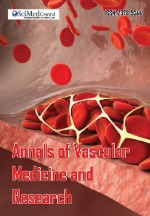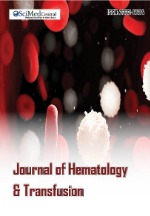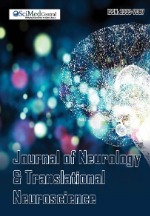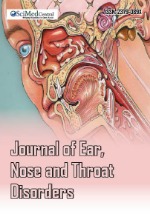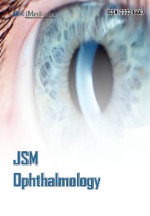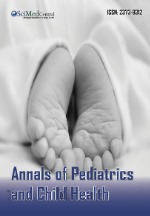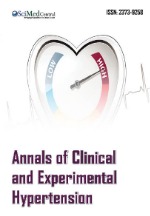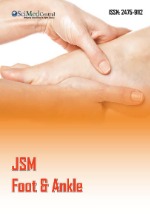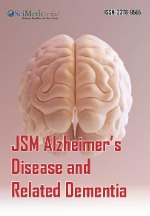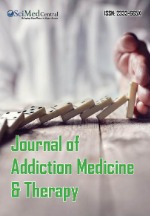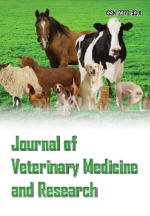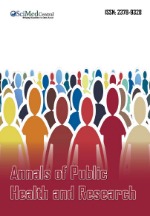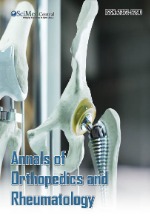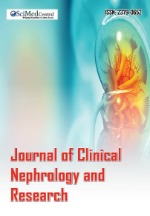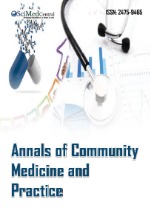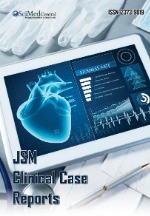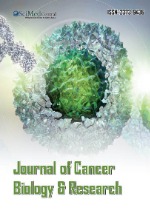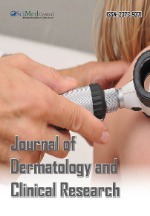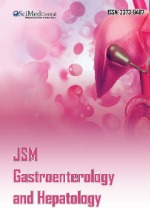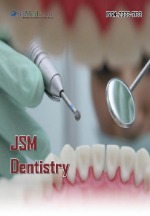Nursing Care Systematization for a Pregnant Woman with Preeclampsia: A Case Study
- 1. Undergraduate Nursing Student, Nursing Department of the Regional University of Cariri – URCA, Brazil
- 2. Postgraduate Program in Biological Chemistry, Department of Biological Chemistry of the Regional University of Cariri – URCA, Brazil
- 3. Effective teacher of the Nursing Department of the Regional University of Cariri – URCA, Brazil
Abstract
Hypertensive disorders of pregnancy (HDP), especially preeclampsia (PE) and its complications, such as eclampsia and HELLP syndrome, pose significant risks to maternal-fetal health. Effective action by health professionals in the early detection of PE is crucial. This study aimed to describe the Nursing Care Systematization (NCS) in a case of PE, emphasizing the nursing team’s role as a key component for efficient and continuous care. This descriptive work, a case study, was conducted in June 2024, focusing on a pregnant woman with preeclampsia and signs of severity at a reference maternity hospital in the interior of Ceará. Professional practice was guided by the Nursing Process, following the steps of assessment, nursing diagnosis, planning, intervention, and evolution. E.S.C, a 40-year-old woman, second pregnancy, with a family history of hypertension and a previous twin pregnancy, sought care for premature rupture of membranes at 31 weeks of gestation. During hospitalization, corticosteroids and tocolytics were administered, but indications of preeclampsia with severe features and a possible HELLP syndrome emerged, resulting in the indication for cesarean delivery. The delivery was successful, and the newborn showed good health. The NCS aims to enhance nursing care, improving the quality of assistance by enabling planned care based on solid knowledge. The integration of NANDA diagnoses with the NIC and NOC classifications facilitates the development of a care plan focused on the biological needs of women with HELLP syndrome.
KEYWORDS
- Preeclampsia
- Nursing care systematization
- HELLP syndrome
- Hypertensive disorders
- Case study
CITATION
Pereira-de-Morais L, do Nascimento Silva LR, de Oliveira Silva ML, Lima MA, da Silva MA, et al. (2024) Nursing Care Systematization for a Pregnant Woman with Preeclampsia: A Case Study. Med J Obstet Gynecol 12(2): 1189.
INTRODUCTION
Hypertensive disorders of pregnancy (HDP), especially preeclampsia (PE) and its complications, such as eclampsia and HELLP syndromes (Hemolysis, Elevated Liver enzymes and Low Platelets), represent real risks to maternal and fetal health, being associated with both maternal and perinatal morbidity and mortality, and are therefore one of the main conditions resulting in elective cesarean sections, thus fueling the indicators of iatrogenic prematurity in Brazil, which mainly exposes the newborn to complications associated with premature birth [1].
The etiology of PE is not completely established, and its occurrence is attributed to immunological changes, which would be responsible for interfering in the adequate implantation of the trophoblast, resulting in poor adaptation of the spiral arteries, highlighting the genetic, angiogenic and metabolic aspects, with changes at the vascular level being highlighted, which are responsible for triggering changes in placental oxygenation [2].
In addition to the aforementioned aspects, the relationship between the occurrence of PE and advanced maternal age is also attributed, largely due to common cardiovascular changes during aging, as well as to immunological and genetic tolerance bases, thus observing the relationship between the heritability of maternal-fetal genes and the genetic variability capable of encoding genes favorable to the occurrence of pre-eclampsia in future generations [3-5].
Regarding the incidence of PE at national and global levels, there is a lack of clarity regarding the constancy of the data, since a percentage varying between 3% and 5% of pregnancies is indicated worldwide, and, in the national context, a more pronounced difference is expected, which becomes more apparent depending on the regions in which it is observed, that is, the prevalence rate of PE and maternal mortality change considerably depending on the regional Human Development Index (HDI), highlighting the disparities perceived in the vast Brazilian territory [1,6].
In addition to investments in equipment and hospital physical structure, the focus is on the work of health professionals in making informed decisions, highlighting the importance of a thorough physical examination in order to detect early signs indicative of PE, or any of its complications, and to act in an effective, integrated and standardized manner to guarantee complete and safe nursing care [7].
Thus, the importance of qualifying obstetric care is highlighted, through professional training, with an emphasis on evidence- based care, and the physical preparation of hospital institutions for the effective management of the condition described, as ways of overcoming the situation studied at a national level [6].
In view of the above, the present work aimed to describe the Systematization of Nursing Care in a case of PE, reinforcing the role of the nursing team as a key part of efficient and continued care.
METHODOLOGY
This is a descriptive case study carried out in June 2024, focusing on a pregnant woman with preeclampsia and signs of severity in a reference maternity hospital in the interior of Ceará. The professional performance was guided by the Nursing Process, following the stages of assessment, nursing diagnosis, planning, intervention and evolution.
This work is derived from a broader project, which was approved by the Ethics Committee for Research with Human Beings of the Regional University of Cariri-URCA, with opinion number: 5,672,118.
To carry out the assessment, the first stage of the process, in which data are collected to assess the pregnant woman’s needs, an interview, physical examination and consultation of medical records were carried out. In the second stage of the process, a clinical judgment was made on the data collected in the previous stage, that is, the need for nursing care was identified [8], using the North American Nursing Diagnosis Association (NANDA) International Definitions and Classification of Nursing Diagnoses as a reference.
The third stage involves planning, which consists of defining the expected goals for the patient and the action plan for the care to be provided. This includes four steps to be followed: The Nursing Interventions Classification (NIC) and the Nursing Outcomes Classification (NOC) were used to perform the analysis. Ethical principles were respected in accordance with resolution 466/2012, and the prior signature of the pregnant woman participating in the study was collected on the Informed Consent Form (ICF).
RESULTS
Patient history
E.S.C, 40 years old, pregnant for the second time, with a family history of systemic arterial hypertension (SAH) and a personal history of twin pregnancy for over 19 years, with delivery performed via the upper route, married, and resident of the rural area of Várzea Alegre-CE. Prenatal care was provided with eight consultations and no observable changes were observed during the follow-up.
The patient sought care at the hospital in the city due to premature rupture of membranes in the thirty-first week of pregnancy (31 weeks and 6 days), where she was transferred to a referral maternity hospital in the Cariri region, Ceará, Brazil. Upon admission, the patient reported only loss of amniotic fluid, reporting that she lived in her own home and had no comorbidities or known allergies to medications.
During the physical examination, the patient observed loss of clear fluid, absent uterine dynamics (UD), closed cervix, fetal heart rate (FHR) of 150 bpm, and a pregnant abdomen compatible with gestational age, where the average fundal height was 31 centimeters. During the physical examination of the pregnant woman, no other significant changes were observed, with spontaneous ventilation, eupneic (18 rpm), without the presence of cough, and oxygenation of 99 % SpO2, with blood pressure of 120 x 80 mmHg, no reports of changes in vision, speech, gait or consciousness and with non-reactive rapid tests for syphilis and HIV. Therefore, the patient was kept in expectant management, with guidance on bed rest and the administration of two doses of corticosteroids for fetal maturation and the use of nifedipine as a tocolytic.
Due to the considerable changes in the liver (Figure 1),
Figure 1: Graph showing routine laboratory changes for HELLP syndrome. The graph shows an increase in liver enzymes AST (aspartate aminotransferase) and ALT (alanine aminotransferase) and thrombocytopenia, each item followed by its reference value for comparison purposes. The X-axis represents the day the exam was performed, and the exams were performed between June and July 2024.
and platelet concentration (Table 1),
Table 1: Table condensing the laboratory values obtained by consulting medical records.
|
Obstetric ultrasound |
|
|
Date: 15/06/2024 Fetal heart rate: rhythmic beats of 159 bpm Placenta with anterior insertion and fundic grade II. AF: Reduced quantity, with AFI of 5.9 cm and largest pocket of 2.1 cm. Indicating oligoamnio. Other considerations: GA compatible with that established by LMP, fetal weight above normal for gestational age, fetal cephalic presentation and right back. |
|
|
Date: 17/06/2024 Fetal heart rate: rhythmic beats of 158 bpm Placenta with anterior insertion and fundic grade II. AF: Reduced quantity, with AFI of 6,6 cm and largest pocket of 3,0 cm. Indicating oligoamnio. Other considerations: abdominal circumference above the 90th percentile. Assess the possibility of gestational diabetes. |
|
|
Laboratory tests |
|
|
Date: 15/06/2024 Urine summary unchanged. Hemogram: hemoglobin: 14.6 g/dL/ Leukogram: 13,100/mm³/ Platelets: 149,000 mm³ AST: 65 U/L / ALT: 53 U/L. |
|
|
Date: 20/06/2024 Hemogram: hemoglobin: 15.1 g/dL/ Leukogram: 11.200/ mm³/ Platelets: 149.00 mm³ AST: 56 U/L/ ALT: 76 U/L |
|
|
Date: 21/06/2014 Fasting glucose: 103 mg/dL Post-coffee glucose: 127 mg/dL Post-lunch glucose: 115 mg/dL Post-dinner glucose: 176 mg/dL |
Date: 23/06/2024 Platelets: 150.00/ AST: 80 U/L / ALT: 115 U/L |
there was a suspicion of severe preeclampsia that evolved silently, since there was no increase in blood pressure at any time during hospitalization, which remained within the limits of normal blood pressure. Therefore, the patient was referred to the pre-delivery ward (PP) on June 24th to begin magnesium sulfate (MgSO4) with the aim of neuroprotection. The pregnant woman evolved consciously, oriented, verbally, walking without assistance, with reduced amniotic fluid loss, and was transferred to the rooming-in unit after the use of MgSO4. One of the observations made was about the non-use of an indwelling urinary catheter (IVC), which made it difficult to measure the urinary volume required for the use of the medication.
On June 27, the patient returned to the pre-delivery unit due to the imminent HELLP syndrome that occurred silently, evidenced by the gradual increase in liver enzymes (Figure 1), and the termination of the pregnancy by cesarean section was indicated, which was performed on the morning of the same day. During the team’s interaction with the patient, it was possible to observe increasing anxiety, mainly due to the fear of her own death. The baby, a boy, was born at thirty-three weeks of gestation, with an APGAR score of 9/10 in the first and fifth minutes of life, and both were sent to the joint rooming.
The newborn did not need to be transferred to a neonatal intensive care unit (NICU), even though he was a premature newborn, of low weight, and with jaundice of approximately Kramer zone two, based on the companion’s report. While the mother, although she showed considerable improvement in laboratory parameters after removal of the placenta, the platelet count and liver enzyme levels remained altered. In addition, during the cesarean section, the patient suffered an injury to the right lower limb (Figure 2),
Figure 2: Photo of the lesion on the patient’s right lower limb (Image with permission).
Source: Photo captured by the authors.
due to the inappropriate use of the electric scalpel, resulting in a third-degree burn, approximately three centimeters in diameter, characterizing an iatrogenic event. The injury was not covered, and only the AGE oil was used to treat the injury.
Systematization of Nursing Care – SNC
Nursing care was systematized using the NANDA, NIC and NOC classification systems to obtain the diagnoses, interventions and expected results within the scope of nursing, as described in Table 2.
Table 2: Systematization of nursing care in diagnoses, outcomes and interventions, according to the NANDA, NOC and NIC taxonomies. 2024.
|
Nursing Diagnoses (NANDA) |
Nursing Interventions (NIC) |
Expected Results (NOC) |
|
Risk of infection related to rupture of amniotic membrane. |
|
Risk control: Infectious process; Personal actions to understand, prevent, eliminate or reduce the risk of acquiring an infection. |
|
Risk of impaired liver function, related to liver injury or increased liver enzymes. |
Monitor vital signs; Observe skin and mucosa; Perform physical examination: pay attention to palpation in the right hypochondrium; Maintain permanent supervision. |
The patient should show improvement in liver function, enzymes (transaminases, LDH). |
|
Risk of falling related to the hospital environment. |
relief.
|
Fall prevention behavior: personal or family caregiver actions to minimize risk factors capable of precipitating falls. |
|
Risk of disturbed maternal/fetal dyad related to premature rupture of membranes. |
infection or other complications.
volume to detect oligohydramnios. |
Stable mother/fetus connection |
|
Risk of unstable blood pressure. |
Monitor blood pressure regularly. |
Risk management: hypertension; Personal actions to understand, prevent, eliminate or reduce the risks of high blood pressure. |
|
Risk of bleeding related to low platelet count. |
platelet transfusions. |
Increase/normalization of platelet count; Control of mechanisms that can cause bleeding |
|
Fear related to the severity of the health condition, evidenced by the patient's report. |
reduce tension. |
Self-control of fear: using personal actions to eliminate or reduce disabling feelings of apprehension, tension or discomfort of identifiable origin. |
|
Anxiety, characterized by worry, related to changes in your health status |
Reduce anxiety using a calm and safe approach; Encourage through improved coping; Provide guidance on reducing anxiety; Offer emotional support. |
The patient must demonstrate acceptance and coping, given her health status. |
|
Deficient knowledge, related to inadequate information about the clinical situation, evidenced by the patient's doubts. |
Describe the patient's health condition clearly and understandably, including causes, symptoms, available treatments, and expected prognosis. |
Knowledge about the treatment procedure: Extent of understanding about the procedure required during the parturition process and possible clinical complications. |
DISCUSSION
HELLP Syndrome and Nursing Care
HELLP syndrome is the worsening of pre-eclampsia or eclampsia that presents the following characteristics: hemolysis, elevation of liver enzymes and decrease in the number of platelets [9]. According to Lopes et al., [10], the main risk factors for pregnant women to develop HELLP syndrome are associated with cases of chronic hypertension, age, white ethnicity, history of obstetric problems, twinning, multiparity, pre-eclampsia, eclampsia and diabetes mellitus. Of these risk factors, the pregnant woman in this study had five (chronic hypertension in the family, age 40 years, white ethnicity, history of obstetric problems and previous twinning).
Corroborating what was exposed in this work, Moreira et al., [11], reported in their study that during the evaluation of the actions promoted by nursing, it was found that results of significant improvement were obtained, indicating that the nursing conduct associated with that of other professionals led to a good prognosis of change in the condition. They also reported that the care promoted by nursing restores physical and psychological well-being, and that the use of Wanda Horta’s conceptual model as theoretical support in the implementation of the nursing process (Table 2), enables professionals to adopt even more holistic and comprehensive interventions. Nursing care, when performed following a systematization, contributes to the success of the patient’s recovery.
According to Moraes et al., [12], complicated pregnancies with HELLP syndrome generally present unfavorable results for the mother-fetus binomial, which leads us to reflect that we are faced with a case that is characterized as an exception, as it was diagnosed very early and intervened in a timely manner. Most of the signs, symptoms and laboratory alterations that occur may be part of the picture of other pathologies, often confusing the obstetrician, and thus delaying the diagnosis and establishment of appropriate treatment, and in the case in question it was even more difficult because it was a syndrome that occurred silently, without an increase in blood pressure levels, since this data is used as a sign for diagnosis.
Data inconsistencies in medical records
During data collection for the preparation of this study, we identified some inconsistencies in the information in the medical records, some contradictory to the medical records themselves, others in contradiction to what was reported by the patient. The first thing we can list is the patient’s admission date, which is not in line with the date of care at the hospital in her municipality, since it would be logical for her to have been treated in her municipality on a date prior to the date of admission to the maternity hospital to which she was referred. However, the medical records state that she was treated at the hospital in her municipality on 06/16/2024, and admitted to the reference hospital on 06/15/2024.
Another mistake observed was that, in several developments, she reported that she was in her second pregnancy and had given birth to a child, whereas her pregnancy card stated that she had given birth to two children and that both are alive to this day. In conversation with the patient, we saw that the card is the one that provides the correct information, since she had given birth to twins in her first pregnancy. Another inconsistency found was that, within the procedures, it was necessary to assess diuresis during each phase of magnesium sulfate, even though the patient was not suffering from indwelling urinary catheter.
FINAL CONSIDERATIONS
SAE is used to promote and operationalize nursing care, improving the quality of care and allowing the nursing team to provide planned care based on solid knowledge. This enables objective and individualized care, preventing complications and contributing to the success of the therapy used.
The incorporation of nursing diagnoses proposed by the NANDA taxonomy, together with the NIC and NOC classifications, facilitated the development of the care plan proposed here. This model includes the biological needs most affected in women diagnosed with HELLP syndrome.
Establishing diagnoses, interventions and goals contributes to the organization of care, promoting greater safety for healthcare professionals and establishing an effective interrelationship between professionals, family members and patients. These elements support and characterize nursing as a discipline and science, with its own specific knowledge.
REFERENCES
- RAMOS JGL, SASS N, COSTA SHM. Pré-eclâmpsia nos seus diversos aspectos, São Paulo Fed. Bras. Das Assoc Ginecol e Obs. 2017.
- Phipps EA, Thadhani R, Benzing T, Karumanchi SA. Pre-eclampsia: pathogenesis, novel diagnostics and therapies. Nat Rev Nephrol. 2019; 15: 275-289.
- Miller EC, Wilczek A, Bello NA, Tom S, Wapner R, Suh Y. Pregnancy, preeclampsia and maternal aging: From epidemiology to functional genomics, Ageing Res Rev. 2022; 73: 101535.
- Seal SL, Ghosh D, Kamilya G, Mukherji J, Hazra A, Garain P. Does route of delivery affect maternal and perinatal outcome in women with eclampsia? A randomized controlled pilot study. Am J Obstet Gynecol. 2012; 206: 484-e1.
- Steinthorsdottir V, McGinnis R, Williams NO, Stefansdottir L, Thorleifsson G, Shooter S, et al. Genetic predisposition to hypertension is associated with preeclampsia in European and Central Asian women. Nat Commun. 2020; 11: 5976.
- Giordano JC, Parpinelli MA, Cecatti JG, Haddad SM, Costa ML, Surita FG, et al. The burden of eclampsia: results from a multicenter study on surveillance of severe maternal morbidity in Brazil. PLoS One. 2014; 9: e97401.
- Ferreira MBG, Silveira CF, Silva SR, Souza DJ, Ruiz MT. Pré-Eclâmpsia E/Ou Eclâmpsia: Revisão Integrativa, Rev Esc Enferm USP. 2016; 50: 324–334.
- Alfaro-Lefevre R. Aplicação do processo de enfermagem: fundamentos para o raciocínio clínico, Porto Alegre: Artmed. 2014.
- Krebs VA, da Silva MR, Bellotto PCB. Síndrome de HELLP e mortalidade materna: uma revisão integrative. Brazilian J Heal Rev. 2021; 4: 6297-6311.
- Lopes G, Oliveira M, Silva K, Silva I, Ribeiro AP. Hipertensão gestacional e a síndrome hellp: ênfase nos cuidados de enfermagem, Rev Augustus. 2013; 18: 77-89.
- Moreira JC, Borges CBCS, Teixeira FV, Maia EMC, dos Santos JS, de Oliveira Lopes MV. PROCESSO DE ENFERMAGEM EM UMA GESTANTE COM PRÉ-ECLÂMPSIA: ESTUDO DE CASO. Rev Multidiscip Em Saúde. 2023; 4: 494-499.
- Moraes MST, de Oliveira Sousa FR, Marcolino KMT, Davim RMB, da Silva Carvalho CF, Galvão MCB, et al. Síndrome Hellp: proposta de um plano assistencial, Saúde Coletiva. 2011; 8: 244-248.




